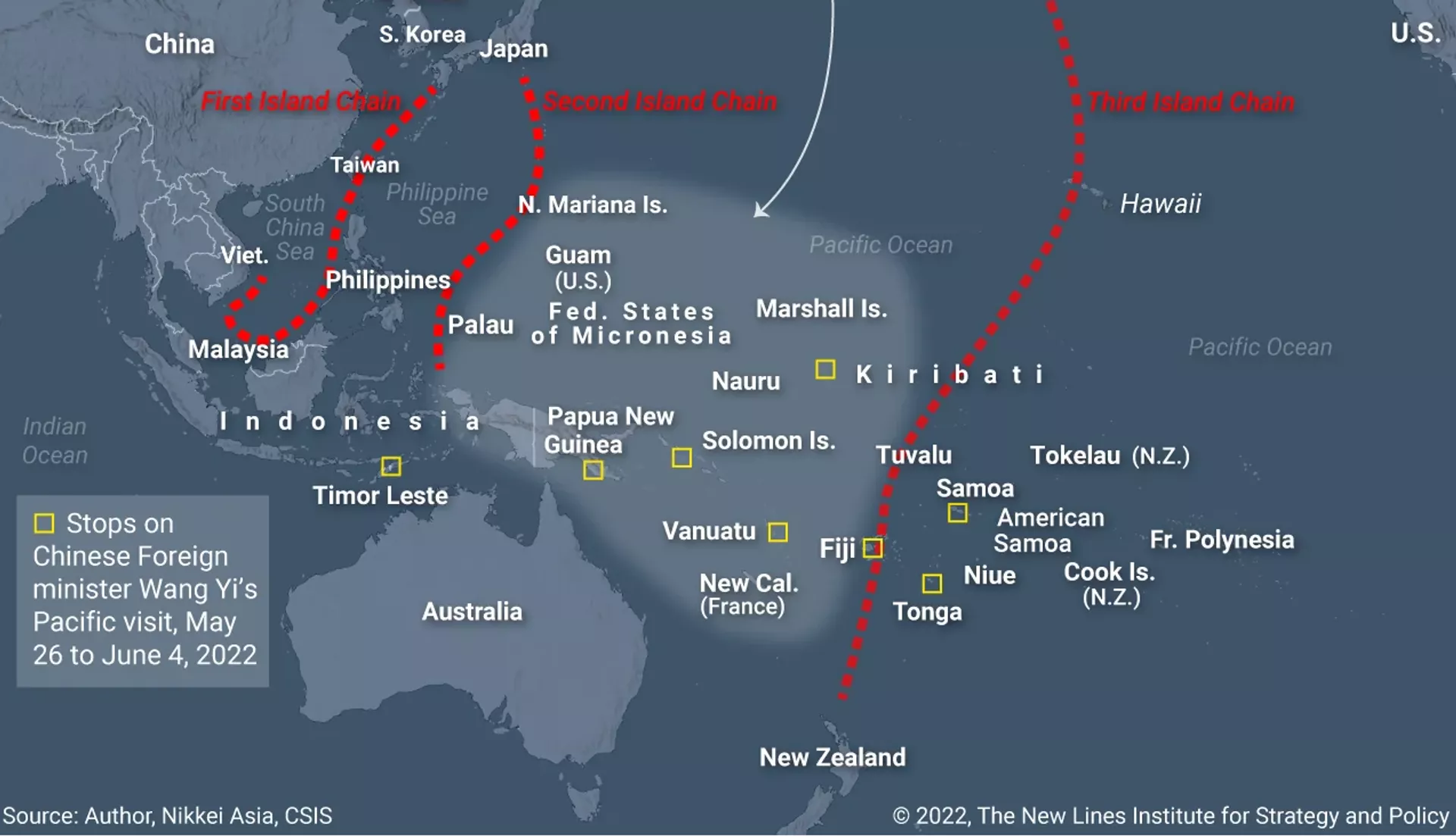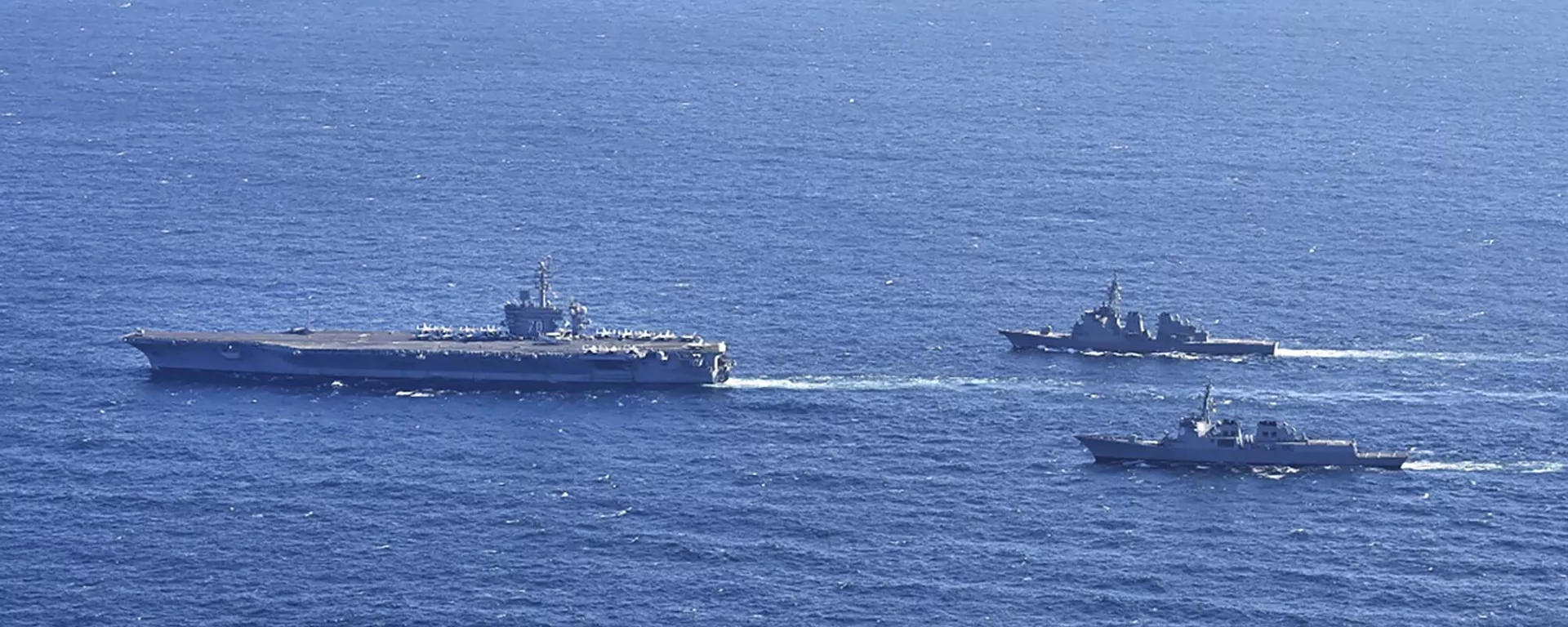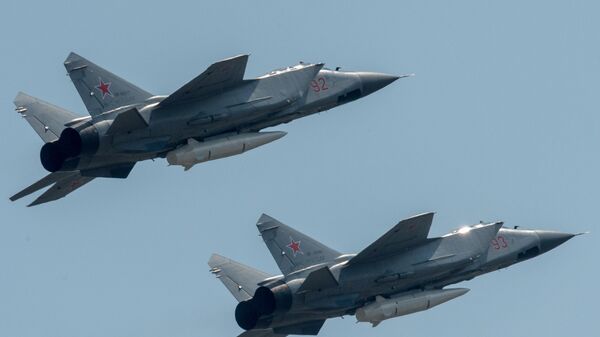Lloyd Austin became the first-ever US secretary of defense to visit the South Pacific Ocean island nation of Fiji this week.
The US and Fiji are working on a new “status of forces” agreement which would allow American troops to dramatically ramp up their presence in the island nation, Austin said, adding that the treaty will facilitate “military-to-military engagements,” including joint drills, training of Fijian troops and the deployment and redeployment of American forces.
He assured, however, that the US would not be setting up a permanent base.
Fiji is the latest square in a strategic chessboard Washington is working to set up against China in America’s century-plus-year-old quest to dominate the Pacific, and its post-WWII “Island chain strategy,” which envisions the militarization of a network of islands in the region to stop China’s navy from freely maneuvering through the Pacific, and prevent commercial traffic from reaching the Asian nation in a crisis.
Besides Fiji, the Biden administration has ramped up US ‘containment’-related activities in a host of regional nations. Over the past year or so alone, these efforts have included:
Approving a $400 million project to rebuild an airfield on Tinian Island in the Northern Mariana Islands, used in the final days of WWII to launch the bombers which dropped atomic bombs on Japan,
facilitating and overseeing a major military buildup by Taiwan, which China considers its inalienable territory, as well as Japan, South Korea, Australia, Singapore and the Philippines (including through joint drills and missile deployments),
launching a new military command with Japan and South Korea in Japan, citing the “danger” emanating from China, Russia and the DPRK,
moving to upgrade a key air base in Guam that often hosts strategic nuclear bombers capable of targeting China,
mulling the permanent deployment of US nuclear weapons in allied Pacific nations,
planning to more than triple the budget of US Indo-Pacific Command from $3.5 bln this year to $11 bln in 2025 for infrastructure spending, naval ops, classified space programs and $1 bln for the Pentagon’s Maritime Strike program,
© Photo : New Lines Institute for Strategy and PolicyExcerpt from New Lines Institute for Strategy and Policy map showing the East Asian and Pacific Island nations at the faultlines of the US's so-called 'Island Chain Strategy', designed to hem China in militarily and commercially in its home shores.

Excerpt from New Lines Institute for Strategy and Policy map showing the East Asian and Pacific Island nations at the faultlines of the US's so-called 'Island Chain Strategy', designed to hem China in militarily and commercially in its home shores.
© Photo : New Lines Institute for Strategy and Policy
passing $4.83 bln in additional spending to “deter China” in the Indo-Pacific in the spring as part of a $95 billion spending package including new aid to Israel and Ukraine,
inviting fellow NATO countries’ warships into Pacific waters for power projection and joint training in the region,
inking a controversial defense pact with Papua New Guinea, which sparked protests last year over its secrecy,
and moving politically and diplomatically to try to sow chaos and undermine China’s political, economic and security outreach and activities in the region, up to and including attempts to institute regime change in China-friendly nations, most recently in the Solomon Islands, and hampering Beijing's long-standing efforts to reach an agreement with regional nations to ease territorial claims-related tensions.

 1 month ago
17
1 month ago
17








 We deliver critical software at unparalleled value and speed to help your business thrive
We deliver critical software at unparalleled value and speed to help your business thrive






 English (US) ·
English (US) ·